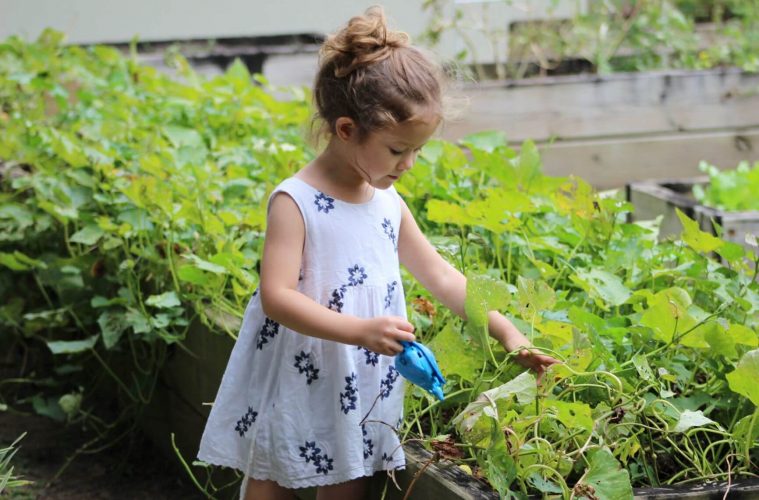Having a garden at your home is a beautiful sight for kids, pets, and also for us adults. As the plants have a way of lifting our spirits with their bright rich colours. Nowadays, people convert their lawns into beautiful gardens where they grow different plants such as flowers, veggies, and more. This does not only bring fresh food to the table but also because the act of gardening improves our wellbeing. People wish to spend their evenings in their gardens with their family and friends after their long day but have no gardening experience. – However, that will change as I have laid out a beginner’s guide for future gardeners.
How Do I Start?
First things first, before you proceed to plant, you have to decide on what garden you wish to have. Do you just want to plant flowers? Or do you want to plant vegetables? or even both? When you have these questions answered, you can now decide on what veggies or flowers would survive in your climate. Often, people neglect this important step and just start cultivating. For instance, growing a tomato during a cold season instead of a hot/warm season.
The Basics Tips
Prepare raised beds
A raised bed is constructed in such a way that its soil is higher than the normal ground level. It is usually safer to start cultivating on a raised bed since it helps organize the garden and also, saves-up space. Also, position your bed where it will be exposed to the sun because sunlight is an important factor for most crops
Know your soil
The soil is another important factor because different crops require certain soil types. But once you have selected the right crop that is suitable for your soil and climate – You’re one step closer to becoming a Pro gardener. The soil intended for gardening should be rich in nutrients to enable the survival of your crop.
Manure
Once you’ve got the plant bed with the soil you require, it’s time to mix in aged-manure or organic matter. Such as the farmyard manure or decomposed leaves. This is important to plants, as food is important to humans.
Planting and care
Your seedlings are ready to be buried in the soil and also, your flowers are ready to be planted. Furthermore, you have to monitor your plants closely, water them when necessary, and also prune the weeds. If you want to worry less about maintenance, you can opt for cheap artificial grass. You will save money on water plus you wouldn’t have to worry about pruning every now and then.
Transplant
Some crops might appear to be overcrowded as they grow and will need a transplant. Hence, do not hesitate whenever you feel a crop needs to change its position to a more favourable location.

